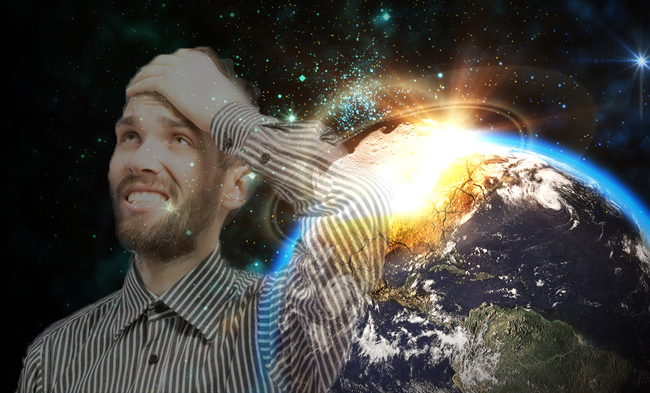
There are countless rogue planets out in the known galaxy, making their way without the aid of a star and just cozying up with whatever comes their way. With the discovery of these planets, so have come the discussions about extraterrestrial life, possible doomsday planets, and plenty of real science too (who knew!) But a new planet has scientists buzzing and getting a view at the “growing pains” of a young galaxy.
HD106906b is an explanet that has been hurled out of its solar system by a reported gravitational event. This is likely the result of other planets in the neighborhood bullying the planet that is “11 times bigger than Jupiter,” and shoving to the point that, according to National Geographic, has been shoved nearly 650 times farther than the Earth is from the Sun:
“This whole picture of a dynamically disturbed planetary system is tremendously exciting,” says the SETI Institute’s Paul Kalas, who was part of the team that observed the planet using the Gemini Planet Imager in the Chilean Andes.
The planet is about 11 times more massive than Jupiter and orbits a star a bit bigger than the sun. Yet at only 13 million years old, the system is much younger than our own. Nearer the star is a stirred-up disk of comets that astronomers think is like a larger, more chaotic version of our solar system’s Kuiper Belt, the icy region beyond the orbit of Neptune where Pluto and countless other worlds reside.
“We think the whole system has been recently disturbed by some violent gravitational interaction,” says Kalas, who is also affiliated with the University of California, Berkeley.
Scientists note that this process, if the same, that has likely sent “billions” of rogue planets out into the universe, floating with the loving warmth of their stars and likely feeling the chilly touch of space. Now why is this interesting? Because our own galaxy likely experienced a similar growth spurt in the early days of its existence and scientists are getting a new glimpse of what might have happened:
Our own planetary system experienced this type of spasm around four billion years ago, when the giant planets began migrating outward. In the resulting chaos, small bodies went flying, Uranus and Neptune may have switched places, and there’s a good chance that gravitational nudges from Jupiter ejected a fifth giant planet, which is now lost in space.
Whether HD106906b keeps migrating outward or has settled into a spot that’s just absurdly far from its star is yet to be seen. Rajan suggests it might stay put, but there’s a chance the planet could become one of the many untethered worlds that roam the galaxy without home stars—planets adrift in a sea of perpetual night.
Now why the alarmist headline? Why question our level of concern about such an event happening here? We’re definitely not in danger of one of these planets hitting us (I hope), but the idea that we could be thrown off orbit and launched into calamity is not beyond comprehension. The real discussion is whether it is more science fact or science fiction.
The latter has appeared before in an episode of The Twilight Zone called “The Midnight Sun,” but the realism of such a calamity isn’t as stylish as Rod Serling’s classic show. It is possible, but highly unlikely. Also unlikely is the chance that anything will survive. Much like the exoplanets, Earth would be knocked from a habitable zone and into an area that is either too hot or too cold. The atmosphere would disappear and what little life can survive underground, won’t last too long.
I’d actually prefer the melting action from The Twilight Zone. At least you’d get to enjoy the Sun a bit, right?
(Via National Geographic / Discovery / Naked Scientists)
